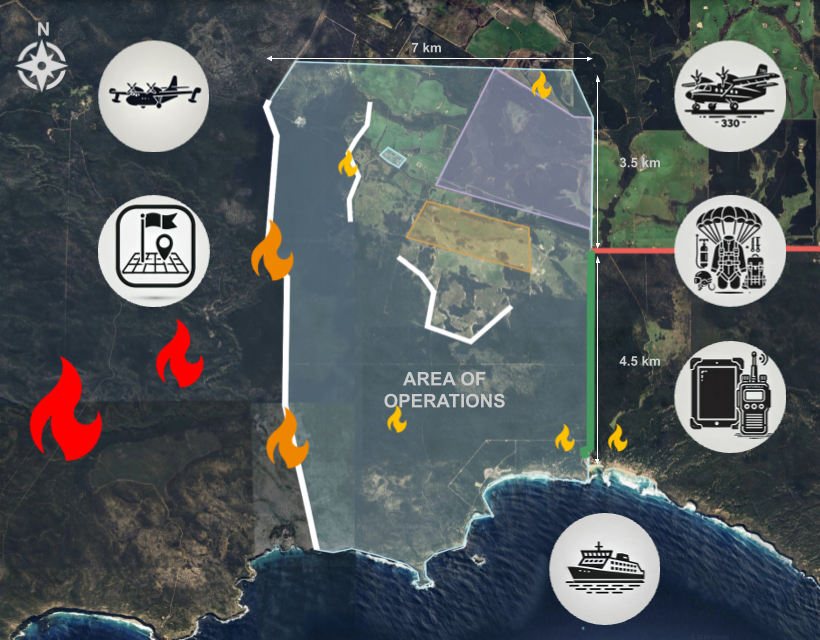
Selecting LZ GREY reflects a strong focus on fire containment, but it misses the mark in addressing broader mission priorities. While this location establishes a solid defensive position, it limits the team’s ability to respond to civilian needs and ecological threats. The landing zone also increases the risk of hazardous conditions due to dense smoke and unpredictable terrain.
As the aircraft approaches the drop zone, the captain’s voice crackles over the intercom:
‘Attention, team. Gusts are now exceeding 90 klicks, with sudden wind shear detected. Smoke layers are shifting unpredictably—brace for challenging descent conditions.’
The first half of the team exits into the swirling haze, their parachutes vanishing almost instantly. But as the remaining jumpers prepare to deploy, a massive spike in turbulence forces the pilot to delay their exit. When they finally leap, the conditions are even worse—thick smoke and erratic winds make navigation a nightmare, scattering personnel across unfamiliar terrain.
Team Instructions
Under the guidance of your facilitator, half the team will move as Sub-Team 1 and the other half as Sub-Team 2 for the next stage.
